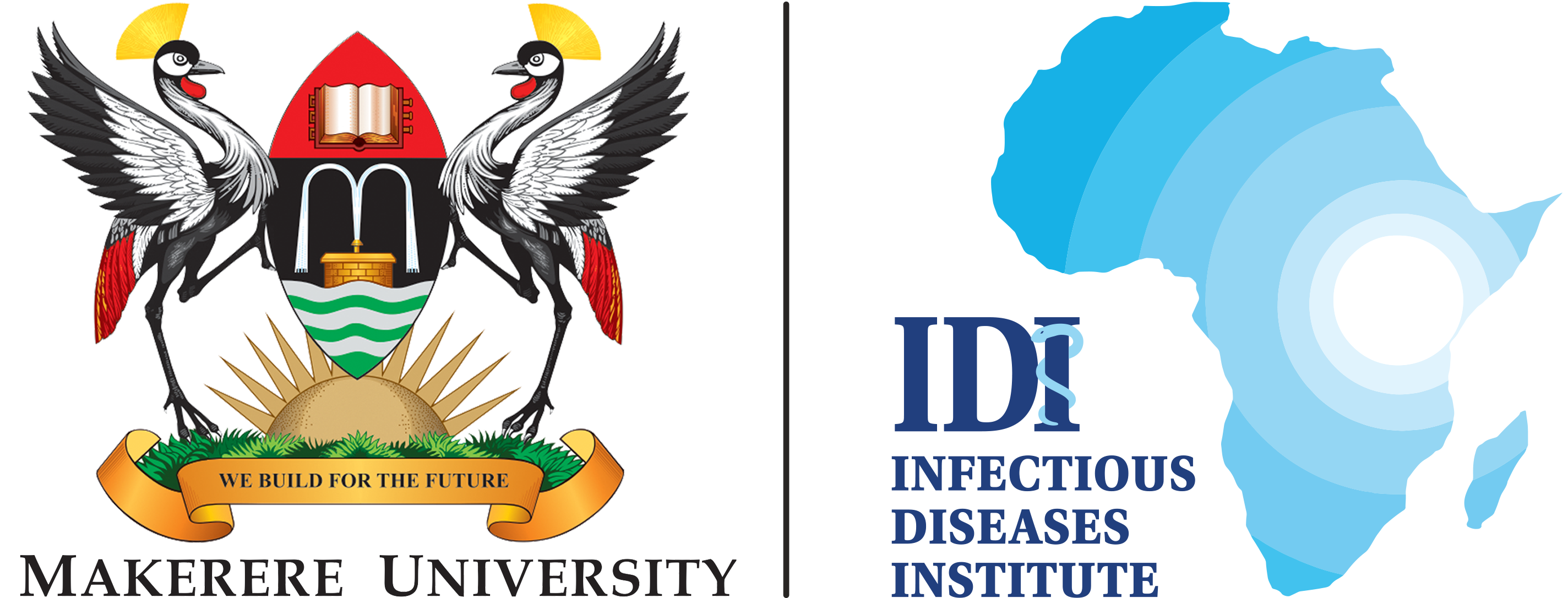- Associated Links
-
-
Our united network of partners and institutions share a vision for excellence, innovation, and impact. Together, we harness our combined strengths to create meaningful change.
-
-
-
- Careers
-
-
Our people are our greatest asset. We foster a thriving environment where everyone can flourish and make a difference. Join us in driving innovation and positive change through fulfilling career opportunities.
-
-
Disease Surveillance
Uganda conducted a Joint External Evaluation in 2017 which revealed capabilities for indicator and event-based early warning surveillance systems. However, most of these systems were not interoperable and interconnected limiting communication and collaboration across health care levels and other sectors. The Ministry of Health adopted the 3rd edition of Integrated Disease Surveillance Response (IDSR) guidelines that emphasized the adoption of electronic IDSR- a platform that enables real-time public health surveillance.
The Infectious Diseases Institute (IDI) received funding from the US Centers for Disease Control and Prevention to build the capacity for health care workers at national and district levels to conduct case-based surveillance for outbreak-prone diseases.
The project aims to achieve this through:
- Scaling up e-IDSR to more districts in the country through comprehensive training, mentorship and provision of requisite ICT tools.
- Upgrading eIDSR system functionality for indicator-based and event-based surveillance.
The project has collaborated with partners including HISP Uganda, Mildmay and The AIDS Support Organisation (TASO).
Key Achievements
- 2133 health care workers from 96 districts and cities were trained and mentored on eIDSR.
- Tablets were provided to district and city surveillance focal persons in 90 districts
- eIDSR case-based utilization improved from 23% in September 2021 to 57% by June 2022
- The number of districts using the SMS 6767 alert notification platform improved from 51% (by September 2021) to 69% (by June 2022).
What We Do
- Prevention of AMR
- Infection Prevention and Control (IPC)
- Water, Sanitation, and Hygiene (WASH)
- Vaccination
- Disease Surveillance
- Laboratory Systems
- Border Health
- West Nile PHEOC and One Health
- Kampala Metropolitan Area PHEOC
- Emergency Medical Services (EMS)
- Emergency Response

